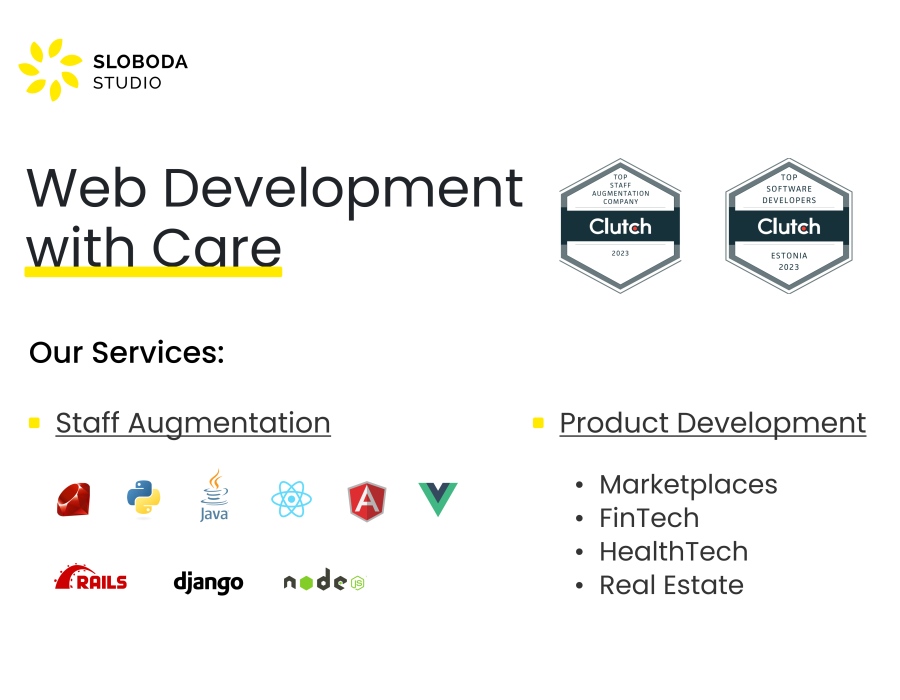In today's competitive business landscape, a well-crafted product development strategy is key to any company's success. It's not just about bringing new products to market; it's about creating offerings that are perfectly aligned with customer needs and company capabilities. This article explores the various aspects of a product development strategy, highlighting its importance in driving innovation and market relevance.
The Essence of Product Development Strategy
Product development strategy involves a holistic approach to designing, creating, and launching new products. It's a multifaceted plan that outlines how a company will turn ideas into market-ready solutions. This strategy is crucial for guiding teams through the complexities of product design, development, and launch, ensuring that every step aligns with the broader business objectives and market demands.
Incorporating Customer Insights
Central to an effective product development strategy is a deep understanding of customer needs. This involves ongoing market research, customer feedback, and trend analysis. Successful product development hinges on the ability to anticipate and meet customer expectations, making their insights a valuable compass in guiding product innovation.
Balancing Innovation with Feasibility
Innovation is at the heart of product development. However, a practical product development strategy also considers feasibility. This includes assessing the technological capabilities, resource availability, and financial implications of bringing a new product to market. Striking a balance between innovation and practicality is critical for sustainable product development.
Agile Methodology in Product Development
Agility is a cornerstone of modern product development strategies. Adopting an agile approach means being adaptable and responsive to changes in the market or customer preferences. It allows companies to iterate on their products quickly, incorporating feedback and making adjustments in real-time.
Measuring Success and Learning from Failure
An effective product development strategy also involves setting clear metrics for success and learning from failures. This includes evaluating the performance of a product in the market, understanding why certain products succeed or fail, and using these insights to refine future product development efforts.
Conclusion:
A robust product development strategy is vital for any business aiming to thrive in today's dynamic market environment. By focusing on customer needs, balancing innovation with feasibility, adopting agile methodologies, and learning from both successes and failures, companies can develop products that not only satisfy market demands but also drive business growth.





Comments